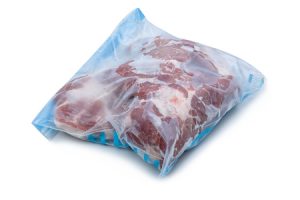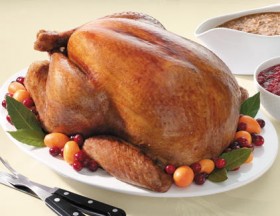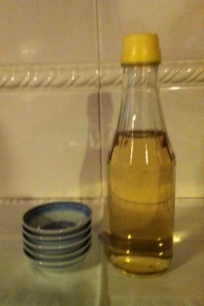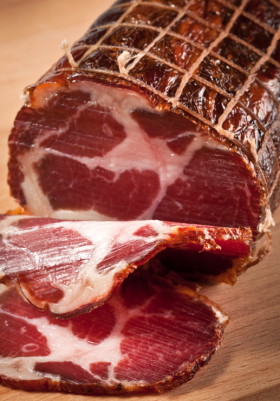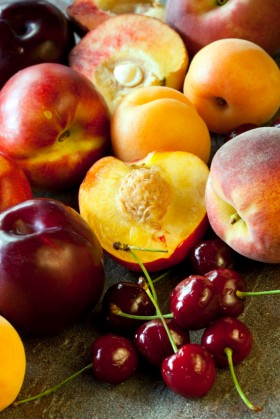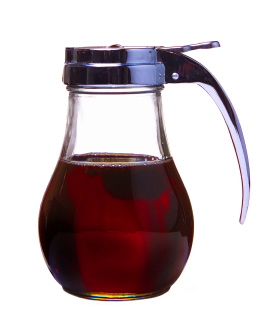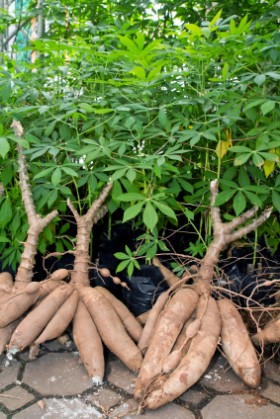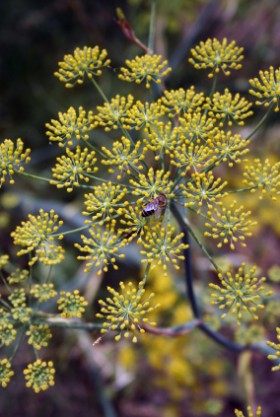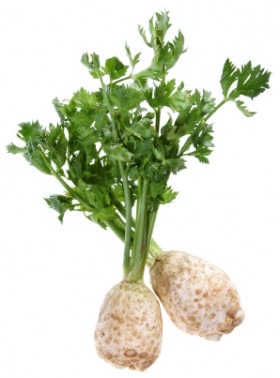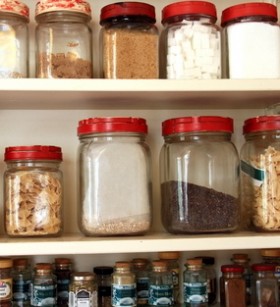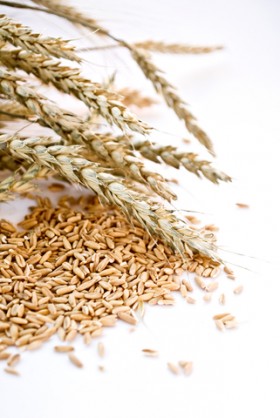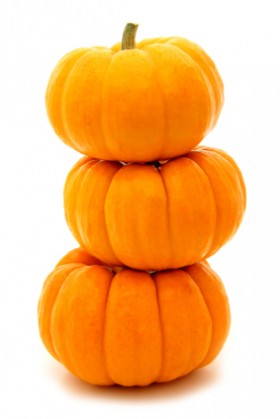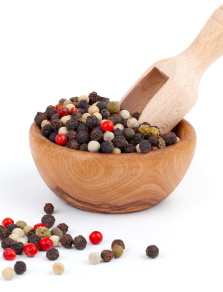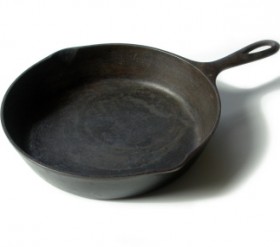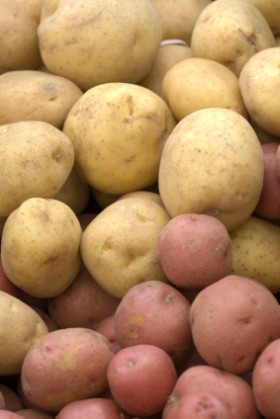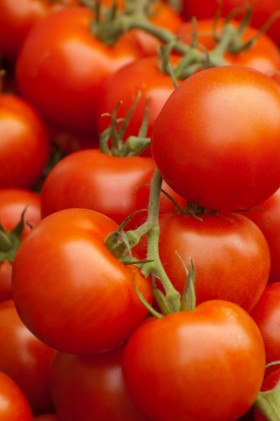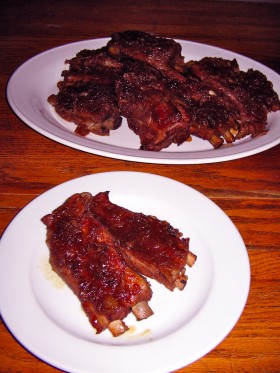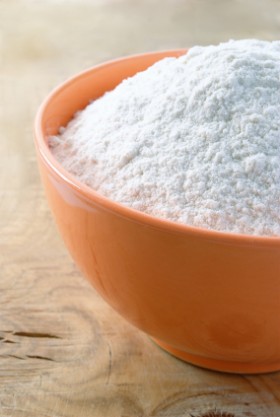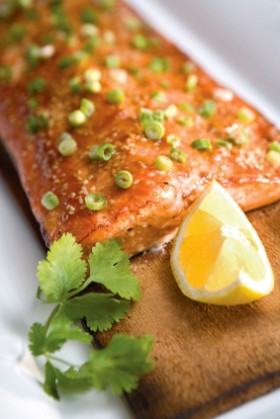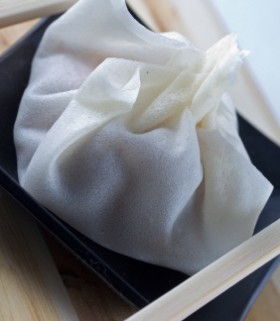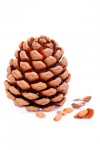
Useful Info
Kitchen Shrink: Is it true that you can only freeze raw meat once and cooked meat once? Why?
Randall, a viewer, asked “The rule had always been, you could freeze raw meat once and cooked meat once. Is this true and why?” I think it is a pretty good rule of thumb. However, the United States Department of Agriculture Food Safety and Inspection Service web site which gives…
Turkey: Where can I learn how to carve a turkey?
One of the questions I frequently get at this time of year is, “Where can I find out how to carve a turkey?” I have lots of information on the site about cooking and serving turkey and decided that carving the bird was the missing piece. Of the many guides…
Rice Vinegar: What is the difference between rice vinegar and rice wine vinegar?
Angelia recently e-mailed the Kitchenshrink to ask, “What is the difference, if any, between rice wine vinegar and rice vinegar?” There really isn’t much difference between rice vinegar and rice wine vinegar and they can certainly be used interchangeably in a recipe. To make rice vinegar, rice is fermented until it…
Pancetta: What is Pancetta and how do you cook it?
Marvin e-mailed the Kitchen Shrink that he had enjoyed scallops with pancetta at a restaurant and wondered what pancetta is, how you cook it, and where to buy it. Although pancetta is often called Italian bacon, it is somewhat different from American bacon in that it is made only from pork…
Kale: What are some good ways to cook kale?
As fall approaches it is definitely time to take a new look at kale. Kale has become one of the latest cruciferous vegetables to rebrand as a versatile ingredient in almost any recipe you can think of. Also known as borecole, this cousin of cabbage, collards, and Brussels sprouts has…
Fruit: Selecting and handling early summer fruit
Freshly picked apricots are the first “stone” fruit of summer. Shortly after they appear on the market, cherries, nectarines, peaches, and then plums arrive. Prompted by the warmth of the early summer sun each ripens in its own time. Fruits have different ripening agendas, some stop ripening when they are…
Maple Syrup: What is Grade B Maple Syrup?
Marilyn e-mailed the Kitchen Shrink that she has a recipe that calls for Grade B Maple Syrup and wonders if she can substitute Grade A Maple Syrup as her supermarkets don’t have Grade B. Most maple recipes these days do call for Grade B Maple Syrup because this (usually late-season)…
Tapioca Starch: How do you use tapioca starch?
I just received an e-mail asking me about using tapioca starch to thicken soups and desserts. Tapioca, manioc, or cassava starch is a fine white powder produced from the cassava root, which is grown in Central and South America, Florida, the Caribbean Islands, and temperate climates around the world. While…
Spices: All about fennel pollen.
Recently the Kitchenshrink has gotten several questions about fennel pollen, an intensely aromatic flavor enhancer that has shown up on restaurant menus in the past several years. What is it? How do you use it? Where can I get some? Here’s the scope. Fennel pollen is a golden dust brushed…
Celery Root or Celeriac: What is celery root?
I just got an e-mail from Ron asking me what celery root is and how to prepare it. I love to use celery root, either cooked or raw and have used it in all my books. Here is what I said about it in my latest book, Sara Moulton’s Everyday…
Pantry: What should you have in a well-stocked pantry?
I frequently get e-mails asking which items are essential when stocking your pantry. Here is my list. I am loosely defining the pantry as things you should keep on hand–not only in your cupboard (the literal pantry), but also in the fridge, the freezer, the dry vegetable bin and the…
Wedding reception: How can you plan a special yet affordable wedding reception menu?
Last week I received an e-mail from the mother of a bride asking for help planning the menu for her daughter’s wedding reception. She wanted the meal to be one that everyone would enjoy but needed it to stay within a moderate budget. My suggestion is to create a theme…
Grains: Which grains contain gluten?
Gluten is the name for the protein in grains. All grains contain protein that is theoretically gluten but people with celiac disease and most other gluten allergies only react to the form of gluten found in wheat (including spelt, kamut, triticale and all varieties of wheat), barley, and rye. While…
Pumpkins: How do you cook a pumpkin?
Pumpkins can be peeled, cubed, and boiled or steamed, but because they are very hard to cut when they are raw and very easy to handle once they are cooked, my favorite way to cook pumpkin is to roast the whole thing until it is tender. Just rinse it and…
Peppercorns: All about peppercorns
When I am freshly grinding pepper during a demo I often get questions about the different types of peppercorns and their origins. Real peppercorns are the berries that grow in grapelike clusters on the Piper nigrum plant, a climbing vine native to India and Indonesia. They are processed differently to…
Cookware: Caring for Cast Iron
I recently got an e-mail from Terry asking why I often recommend cast iron skillets. She said she finds hers hard to take care of. I am such a fan of cast iron that I devoted a whole page in Sara’s Secrets for Weeknight Mealsto it. Here’s an abbreviated version…
Eggs: What do eggs do in baking?
Karen e-mailed the Kitchen Shrink to ask, “What do eggs do in baking?” In addition to their nutritional value, eggs can provide structure, leavening, richness, color, and flavor to baked products. The height and texture of baked goods is determined by the balance between eggs and flour which provide strength,…
Potatoes: What is the best way to store potatoes?
I am often asked, “what is the best way to store potatoes?” “Should I store them at room temperature, refrigerate them, put them in an open bowl, or a tight plastic bag?” Potatoes keep best when placed in a well-ventilated container and stored in a dry location, away from sunlight,…
Tomatoes: Can I freeze tomatoes to use in pasta sauces or soups?
I just got an e-mail from Gloria entitled “Tomatoes Everywhere.” She explained that she was overwhelmed by the abundance of tomatoes her garden had produced and wondered if she could freeze some. I have had that problem myself (check out “Too Many Tomatoes”) and have been asked practically the same…
Pork Ribs: How do you select spareribs?
When you are shopping for ribs, there are a variety of choices in the meat section of your supermarket. Here are some clues to the differences. Spareribs: The lean, lower portion of the rib bones held together by a piece of cartilage and bone. Usually sold in whole or half…
Flour: What is the difference between bread and all-purpose flour?
Sharon e-mailed the Kitchen Shrink to ask,” What is the difference between bread flour and all-purpose flour?” The difference is the percentage of protein (gluten) to starch in the flour and that is determined by the type of wheat the flour is made from. Bread flour is made from high-gluten…
Cooking on wood: How do you select wooden planks for cooking?
I recently got an e-mail from Coley asking about cooking salmon on cedar planks and adding, “I’ve researched it enough to know there is more than one type of cedar and that means different flavor to the food. Also, there was enough information available I’m confused. Could you point me…
Won Ton Skins: What are won ton skins?
Won ton skins, also called won ton wraps or wrappers, are ready-to-use thin squares of a flour-based dough designed to be filled with a meat, seafood, or vegetable filling and shaped into won tons. However, they are so similar to fresh pasta that they can be a great shortcut when…
Pine Nuts: Do pine nuts really come from pine trees?
Betty recently e-mailed the Kitchen Shrink to ask, “Do pine nuts really come from pine trees?” Yes, pine nuts (pignoli, piñon) are found inside the scales on pine tree cones. They vary in size and only the seeds of several pine varieties are large enough to process for the market.…

